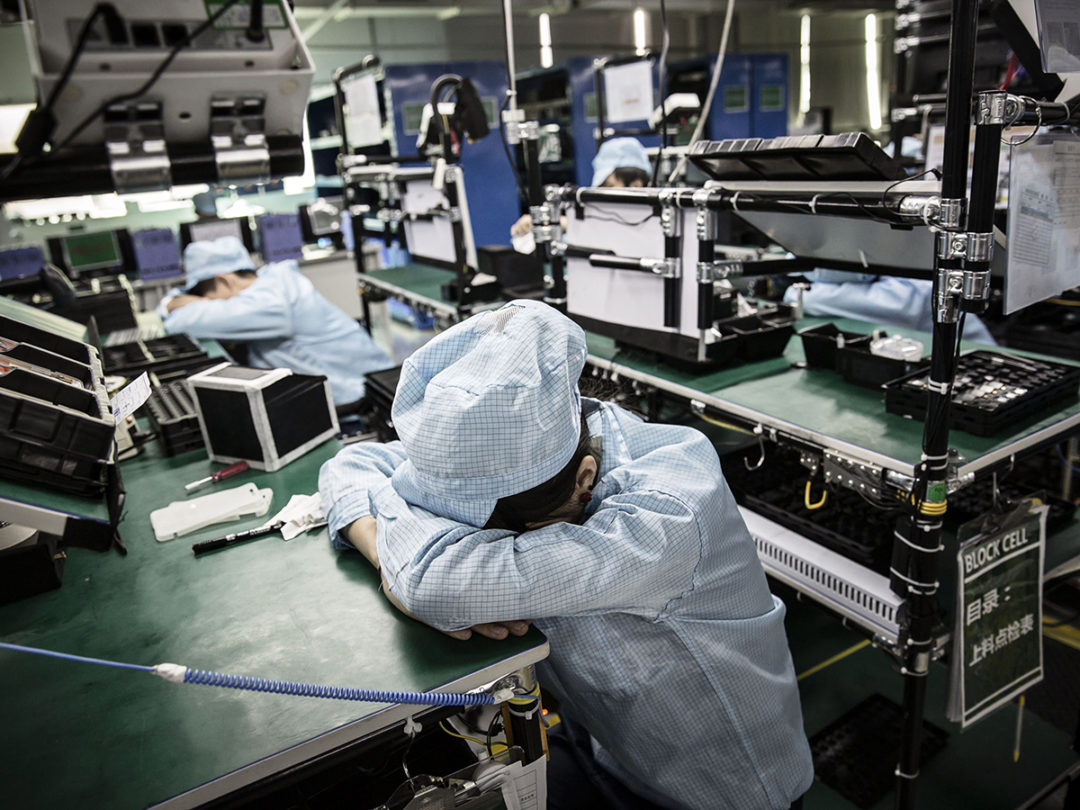
For shippers, carriers and consumers, was there ever a time when the near future seemed as uncertain as it does today?
One expects a wide margin of error in long-term forecasting. Chaos has a habit of disrupting even the most carefully crafted scenarios for the coming year, five years, or beyond. But it shouldn’t be that hard to predict what’s going to happen a couple of months from now. Shouldn’t it?
A pandemic that shows few signs of abating. An economy in a tailspin. A presidential election that could upend economic, trade and geopolitical policy. And huge questions about how consumers will respond to this pack of wild cards. All are factors that make it virtually impossible to prepare for the weeks ahead with any amount of confidence.
To be sure, at least some of those trends were well in evidence before COVID-19 laid waste to a thriving and seemingly unshakable economy. The trade war between the U.S. and China had already brought a measure of pain and uncertainty to American exporters. Manufacturers were beginning to rethink their love of China as a source of low-cost production. And mounting corporate and sovereign debt had some prognosticators warning that the economy was teetering on the edge of a devastating crash.
Now, with the pandemic still in full force, those rumblings have become a quake with global reach. Past disasters have tended to restrict supply-chain disruptions to a single country or region, prompting a shift in sourcing. But when every country in the world is in some stage of lockdown, where do you go for alternative suppliers?
The push to diversify sourcing has been underway for several years, says Patrik Berglund, chief executive officer and founder of Xeneta, provider of a benchmarking and freight-rate analysis tool for ocean and air. Rattled by a series of abrupt shifts in American trade policy, Fortune 500 companies were looking for stability, a quest that led them to consider countries such as Vietnam, Bangladesh, Eastern Europe, Mexico and even the U.S. itself, he notes.
That last option has attracted a lot of press of late, bolstered by rising labor rates in China and the notion that producers could mitigate the risk of supply-chain disruptions by siting factories closer to end markets. All of which looks good on paper, but Berglund isn’t completely buying the argument.
“Personally, I struggle to play it out,” he says, citing the many years that Chinese producers spent in acquiring the expertise to churn out goods quickly, cheaply and reliably.
High U.S. import tariffs might well curb the flow of manufactured goods from China, but to stand up a similar infrastructure of factories and suppliers in the U.S, “you would need to build capacity and competence, and do the investments that are needed,” says Berglund. “That’s not going to happen overnight.”
For a Fortune 500 producer, the task of undertaking a major shift in sourcing could take years. Meanwhile, a couple of presidential administrations might have occurred, with a highly uncertain impact on long-term trade policy. What happens, for example, if the next president drops all tariffs on goods from China and once more makes that country a viable, cheap producer of consumer goods? Companies that rushed to reshore when tariffs were high could find themselves at a severe competitive disadvantage to those that held back and waited for the diplomatic dust to settle.
There’s been much talk in recent years of a shift away from free trade and globalization. Berglund isn’t buying that one, either. “Over the last 70 years, global trade has been the key thing that has increased and improved everybody’s way of living,” he says. “I can only find positives from it.
“What’s so strange about these times is that there aren’t facts or evidence saying we should reverse what we’ve done [in trade policy],” Berglund continues. “That’s why I think this election is so interesting.” With another four years of draconian punishments for U.S. trading partners generally, and China in particular, “the U.S. might struggle to be the powerhouse that the rest of world will be looking for.”
Such are the factors to consider, but in times of confusion and anxiety, who is willing to toss the dice and make decisions about sourcing that could impact their profitability for years to come? Shippers have enough on their plate dealing with day-to-fluctuations in freight rates and capacity availability. Ocean carriers have been cancelling scheduled sailings left and right, a practice that has allowed them to limit ship space and keep rates high. Airlines are struggling to repurpose passenger planes to carry cargo, but could instantly reverse that effort if people gain the confidence to start flying again.
Past trends offer little in the way of guidance for businesses trying to suss out the rest of the year and early 2021. For companies large and small, the current combination of bruising events has rendered the phrase “perfect storm” more than a glib cliché.
“Uncertainty is the key word,” says Berglund. “Anyone who could bring certainty [to this world] would be very rich for sure. There’s nobody with experience to guide you through it.”







